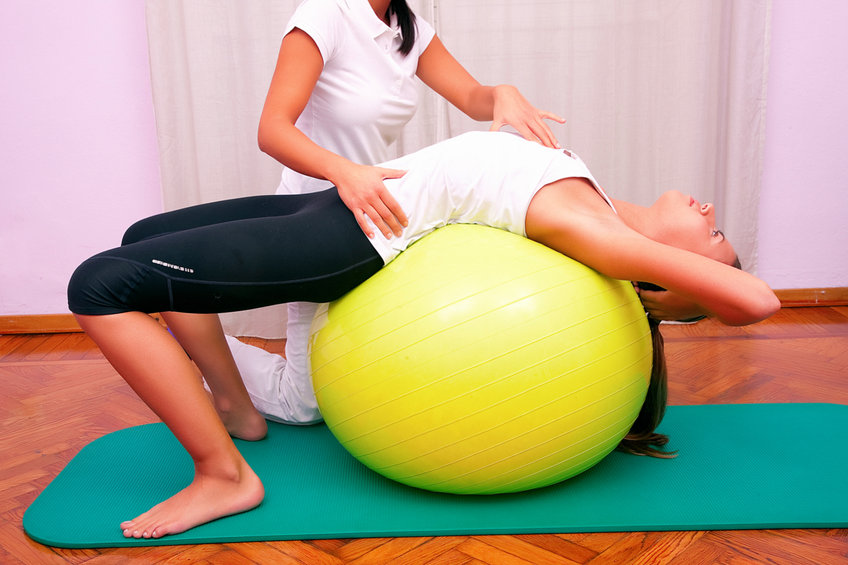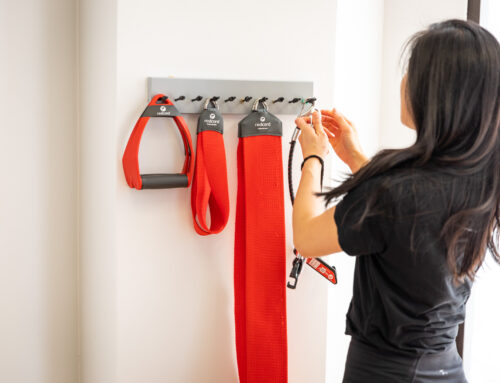Background: Recent clinical research has supported the use of suspension devices in rehabilitation procedures both in practice and in theory. Although a longitudinal study has reported on the use of suspension devices among asymptomatic subjects, it is necessary to investigate the immediate effects of suspension exercises in patients with CLBP.
Objective: The present study aims to investigate changes in neuromuscular activation after the prescription of suspension exercises in patients with CLBP. A secondary aim was to determine whether practical flexion and extension strength can be effectively enhanced.
Methods: Before and after suspension exercise, flexion extension (FE) ratio and trunk strength of flexion and extension were measured. Patients performed two types of suspension exercises: supine bridge and forward leaning exercises. The paired t-test was used to compare the FE ratio and strength data.
Pearson correlation coefficient was performed to study the correlation between measured variables.
Results: Compared to the pre-exercise measurements, the flexion-extension ratio and trunk extension strength was significantly increased at the post-exercise measurement (p< 0.05). The FE ratio in the right lumbar erector spine muscle was significantly correlated with post-exercise trunk extension strength (p<0.05).
Conclusions: For patients with chronic lower back pain, stimulation of the lumbar extensor muscle and of proprioception is effective both for strengthening lumbar extensors and for improving the flexion-extension ratio. Consequently, forward leaning and supine bridge exercises with a suspension device are beneficial for normalising neuromuscular control of the erector spinae muscles.
Keywords: Electromyography; extensor strengthening; forward leaning; sling.





